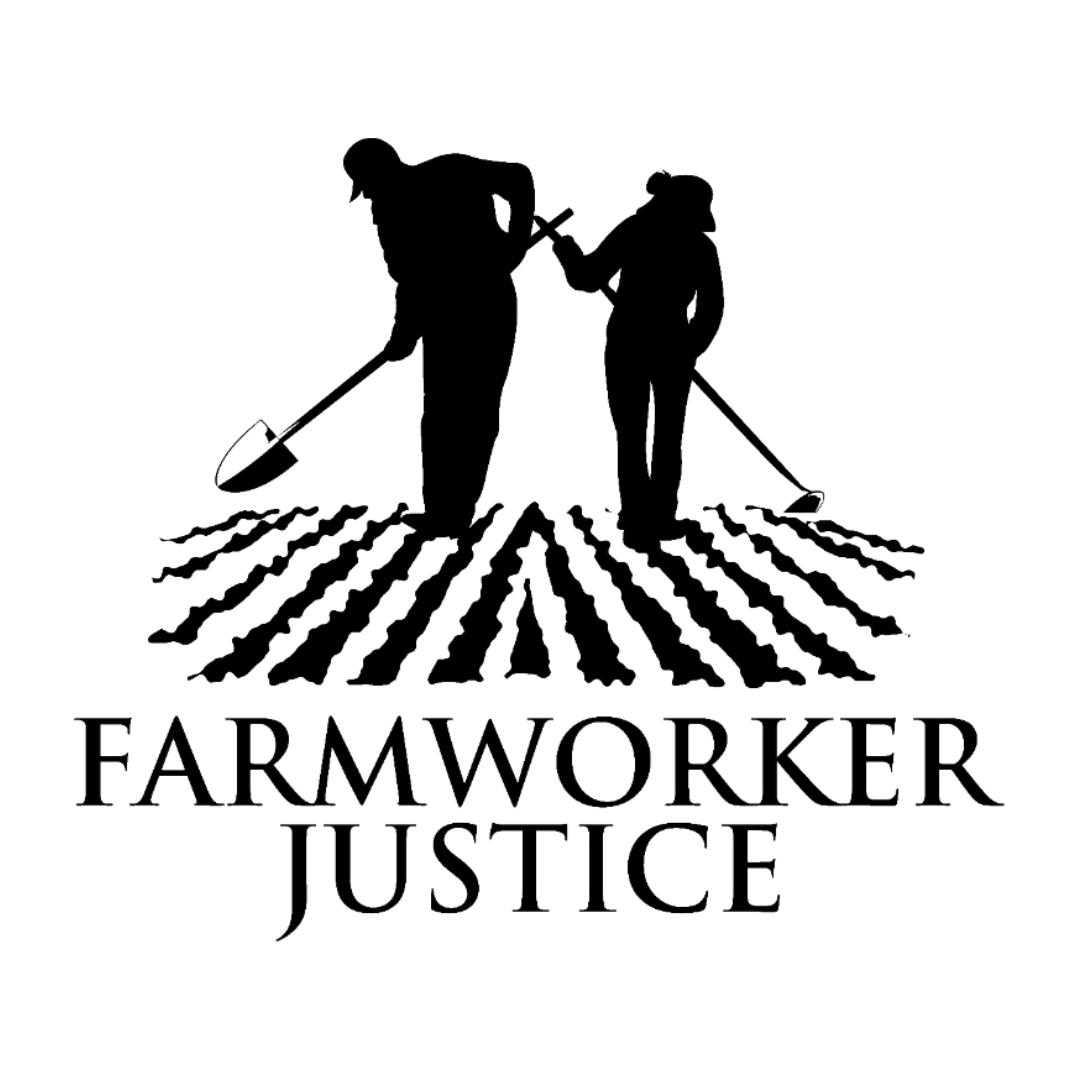Agriculture’s Claimed Labor Shortage Fails Fact Checking
John Carney’s blog post, part of a series, points to the fallacy behind grower cries of “labor shortages” and highlights the ability of growers to pay higher wages to attract and retain workers. The law of supply and demand does apply to agriculture. We would just add to the article that immigration reform is needed to provide undocumented farmworkers with a roadmap to citizenship because the majority of the workforce lacks authorized immigration status. Immigration reform will help stabilize the farm labor force and help farmworkers improve their wages and working conditions
Reposted from http://www.cnbc.com/id/49519786
“Bitter Harvest” Watch: Washington Has Its Best Year Ever
By John Carney
The mythological farm labor crisis of 2011 is now getting downright embarrassing.
Last year was supposed to be a year of horrors for Apple farmers in Washington. Restrictions on illegal immigration had supposedly given rise to a shortage of apple pickers. The state’s crop was in peril. Fruit would rot, unpicked, in the orchards.
The Seattle Times explained:
One after another, at a recent emergency meeting in Wenatchee called by the Governor's Office, fruit growers talked about how hard it's been to find workers as the harvest hits its sweet spot.
One orchardist recalled how, of the 149 people referred to him earlier in the season by the state's unemployment office, half showed up on the first day, a quarter on the second day.
Now, only five remain.
And so it went around the room, until a representative from the state Department of Corrections proposed an unexpected solution: prison labor.
"Do they come with guards?" one grower asked.
While putting inmates to work in the fruit orchards of Eastern Washington proved too costly and too late to help growers this year, that it was even considered and studied shows the lengths to which growers and state officials will go to address the labor problems in one of Washington's most vital industries.
As it turns out, those inmates weren’t needed. The farms of Washington had a bumper year. Washington farms saw profits grow by 58 percent, as I reported back in August. (Read more: More Data on The Phony Farm Labor Crisis)
Critics of my reporting on the phoniness of the farm labor crisis said that the Department of Agriculture figures were misleading. (Read more: 'Bitter Harvest' Watch: Time Magazine Edition)
So, in the interest of fairness, we gave a column to a fellow by the name of Craig J. Regelbrugge, co-chair of an outfit called Agriculture Coalition for Immigration Reform, to rebut my claims.
Here’s what he said:
The senior editor’s all too common error is to grossly oversimplify American agriculture and draw the wrong conclusions as a result.
Carney needs to spend more time down on the farm — literally. And not just any farm. Maybe he should start with a Washington state asparagus farm. Growers there plowed under 15 percent of the crop this year because of a shortage of pickers.
Abandoning a field is a big deal because you don’t plant asparagus each year. It grows from long-lived roots that produce a crop each spring.
That’s just one example of the two different worlds of crop agriculture. The first involves commodities such as corn, soybeans, wheat and rice, which are typically grown on large-scale farms with highly mechanized processes. These crops require minimal hand labor: A mechanical planter puts the seeds into the soil, and a mechanical harvester reaps the grain.
Such crops have also historically enjoyed safety nets including government subsidies, price supports, crop insurance and disaster relief. More recently, they have benefited from major new subsidies for crop-to-energy programs.
(Read the entire rebuttal: Regelbrugge: The Farm Labor Crisis: Imagined, or Real?)
Unfortunately for co-chair Regelbrugge, last week the Washington field office of the Department of Agriculture released data about how Washington’s apple and strawberry farmers fared in the “crisis” of 2011. And the data devastates the farm labor crisis case.
Let's start with those asparagus farms that Regelbrugge thinks I should spend more time upon. They saw the value of their crop rise 7.7 percent. Looks like the alleged labor shortage didn't result in any sort of supply shortage.
Next, take that apple crop. It’s Washington’s biggest agriculture product and features in almost every story written about the alleged crisis. Last year, the value of Washington’s apple crop rose 18 percent.
The blueberry crop saw the value rocket 123 percent. Strawberries were up 17.4 percent. Cherries up 45.3 percent.
I don’t want to give you the wrong idea. Not all labor-intensive fruit and veggie crop values were up. Peaches, raspberries and grapes saw declines, for example.
But very clearly the great labor shortage of 2011 just did not actually happen.
“Last year, Washington’s farmers produced the most valuable harvest in the history of Washington,” said Dan Newhouse, director of the Washington State Department of Agriculture, in a press release last week.

